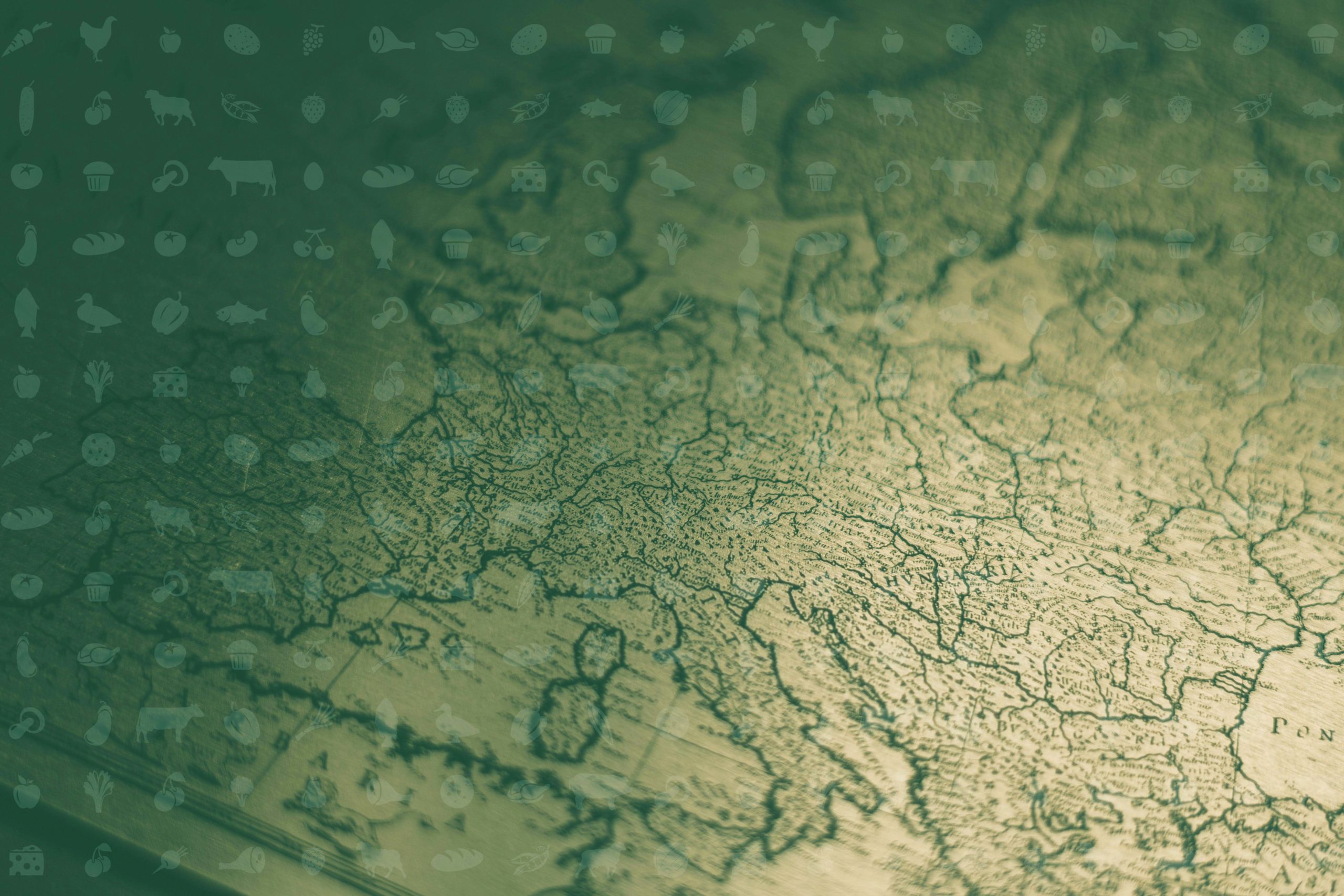
Organic in Europe
Production and consumption moving beyond a niche
Over the last three decades organic food and farming has been growing year by year across the EU and continues doing so. The EU’s organic market is very dynamic with growth rates varying between countries. Policies can positively impact this growth – both production and consumption.
In 2023, the total area of farmland under organic production in the EU grew to 17.7 million hectares. Compared to 2022, the number of organic producers increased by 4% to 434,577. This expansion is reflected in the EU’s organic retail market, which grew by 3% compared to 2022, reaching €46.5 billion. The EU remains the second-largest organic market globally, following the USA and ahead of China.
The EU’s organic market is very dynamic with growth rates varying between different countries. Its continuous positive development is due to a combination of factors. Besides the innovative character of organic food and farming, growing policy support and European citizens increasing demand for high-quality, sustainable food production. This is well represented in the growing per capita consumption of organic products, which reached 104 EUR on average. Generally speaking, consumers spend more on organic food every year with certain product groups achieving above-average market shares. For instance, fresh produce like fruits and vegetables, as well as eggs are among the products that consumers select most as organic.
The growing organic market was also recognised as such in the Commission’s Vision for Agriculture and Food that sets the direction for the agri-food sector in 2040. This Vision highlights organic agriculture as providing ecosystem services, as well as being a sector that attracts young farmers. Indeed, organic farming can play an important role in generational renewal and the revitalisation of rural areas. In terms of demand growth, the Vision specifically mentions organic in the context of sustainable public procurement and promotion policies, two important initiatives that can boost the demand of organic products and their consumption in schools and households respectively. Please see here for more details on the Vision.
Browse production and market data
Do you want to know more about organic production and market data in Europe? Browse our interactive infographic. The infographic displays organic production and market for all EU Member states and European Free Trade Association (EFTA) countries.

Background information
Since 2000, the Research Institute of Organic Agriculture (FiBL) compiles a yearly overview of the most recent data on organic production and retail in Europe and the world in “The World of Organic Agriculture: Statistics and Emerging Trends 2025.” Together with FiBL, we fit the European data in our interactive infographic.
Supported by
This infographic is supported by Green Organics, NaNa Bio, Rapunzel One World Organic Foundation, the Mediterranean Agronomic Institute of Bari (CIHEAM Bari) and the Mediterranean Organic Agriculture Network (MOAN).
Directorate-General for Agriculture and Rural Development (DG AGRI) of the European Commission as well as the Ekhaga Foundation co-finance this publication.

